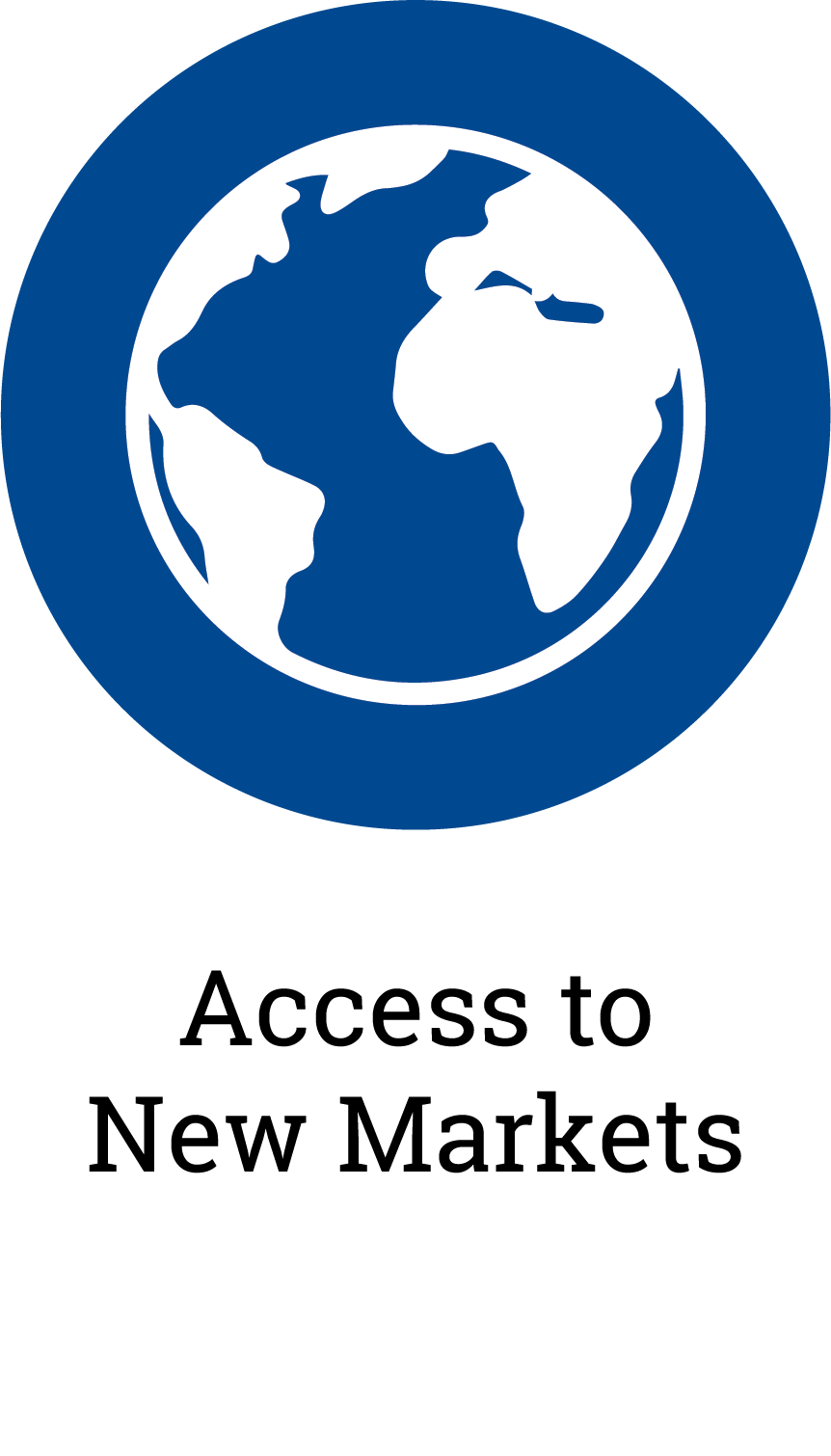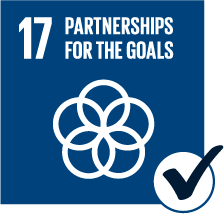Borrower Overview
TriLinc has provided financing to a railway equipment provider in South Africa. Established in 2013, the borrower specializes in providing railway and road infrastructure equipment leasing solutions to clients throughout Sub-Saharan Africa. Rail infrastructure and equipment are critical economic growth drivers and transport mediums for the region as they facilitate improved access to international markets and reduce transaction costs for private enterprises, particularly SMEs, operating in remote areas and/or challenging topographies. TriLinc’s financing will be used by the borrower to purchase refurbished rail locomotives to fulfill lease contracts with clients throughout SubSaharan Africa that seek to enhance market connectivity and foster productivity and competitiveness improvements across the continent’s growth industries.
 |
 |
Market Overview

South Africa is classified as an upper-middle income country by the World Bank.1 South Africa is distinguished as the only African member of the G20, an international council for the major economies’ finance ministers and central bank governors to discuss financial and monetary policies, with the goal of promoting world economic development.2 Between 2011 and 2015, annual GDP growth rates averaged approximately 2.14%.1 South Africa’s main exports have traditionally been concentrated in gold, diamonds, platinum, other metals and minerals, and machinery and equipment.3 Conversely, the country’s main imports have been focused in machinery and equipment, chemicals, petroleum products, scientific instruments, and foodstuffs.3
South Africa meets TriLinc’s country standards for its performance across relevant growth, stability, and access metrics.4 In 2015, it ranked fourth across the Sub-Saharan African region on the World Bank’s Ease of Doing Business index.5 South Africa is ranked highest in Sub-Saharan Africa for its quality of railroad infrastructure, placing it in a strong position to offer infrastructure enhancing solutions throughout the region.6 As the second largest economy in Sub-Saharan Africa,7 the country benefitted from the roughly $41 billion in net foreign direct investment that was estimated to have flowed into the region in 2015.8 Sub-Saharan Africa had aggregate estimated GDP growth of 3.0% in 2015.8 Looking ahead, overall regional GDP growth is projected to strengthen to 4.4% by 2018.9
Additional Impact Highlights
- The maintenance services are performed on the locomotives in accordance with recommended international standards and locomotive manufacturer’s specifications, and the service company holds ISO 9001:2008 Quality Management System, South African Bureau of Standards SANS 3000-1:200X Railway Safety Management Standard, and Transport Education Training Authority/ South African Qualifications Authority accreditations.
- During the initial refurbishment process, the borrower recycles all of the oil that is drained from the locomotives. Additionally, monthly reports are produced for the borrower regarding the performance and efficiency of the locomotives as it relates to diesel consumption and the quantity of tonnages and wagons moved.
- The borrower provides health and life insurance, disability coverage, and maintains a fair compensation policy for its employees, in addition to complying with all the necessary regulation within the South African Employment Act.
- As a responsible corporate citizen, the borrower is involved in numerous local and national community service initiatives that include supporting foster home communities, a youth human rights organization for abused children, and a foundation for former rugby players who became handicapped/paralyzed.
1The World Bank, World Development Indicators Database, South Africa, 2016. 2G20, 2015. 3CIA, The World Factbook, 2016: South Africa. 4There is no assurance that our investment in this company or this market will be successful. 5The World Bank, Doing Business 2016, Measuring Regulatory Quality and Efficiency, 2015. 6World Economic Forum, The Global Competitiveness Report 2015- 2016. 7The World Bank, World Development Indicators Database, 2015. 8The World Bank, Data, Sub-Saharan Africa, 2016. 9The World Bank, Global Economic Prospects, June 2016.
The above information is as of the initial date of investment: May 25, 2016.
TriLinc originally performed an SDG mapping exercise in December 2017 to map all of our borrower companies, both current and exited from our portfolios, to specific SDGs based off of business activity. TriLinc’s official SDG alignment methodology was not finalized until June 30, 2018. For borrowers that had exited TriLinc’s portfolios prior to this time period, the selected SDGs for these borrower are a reflection of what TriLinc believes would have been the SDG alignment if 1) the SDGs had been in effect and 2) TriLinc had integrated the SDG alignment while the company was in the portfolio. The SDG mapping presented does not include input from Investment Partners or borrower companies given that the companies were no longer in the portfolio when the alignment was finalized.
This borrower is no longer in TriLinc’s portfolio.
RISK FACTORS
There is no guarantee that TriLinc’s investment strategy will be successful. Investment in a non-listed LLC involves significant risks including but not limited to: ownership is restricted; no secondary market; limitation on liquidity, transfer and redemption of ownership interest; distributions made may not come from income and, if so, will reduce the returns, are not guaranteed and are subject to management discretion. TriLinc selects investments and conducts operations on behalf of its clients, and will face conflicts of interest. Investment with TriLinc is not suitable for all investors. Securities Offered through CommonGood Securities, LLC, a member of FINRA and SIPC.
An investment with TriLinc carries significant fees and charges that will have an impact on investment returns. Information regarding the terms of the investment is available by contacting TriLinc. This is a speculative security and, as such, involves a high degree of risk. Investments are not bank guaranteed, not FDIC insured and may lose value or total value. Some investments may have been made in an investment vehicle that is no longer open for investment. The highlighted investment may or may not have been profitable. There is no guarantee that future investments will be similar.
Want to learn more? Contact Us.
